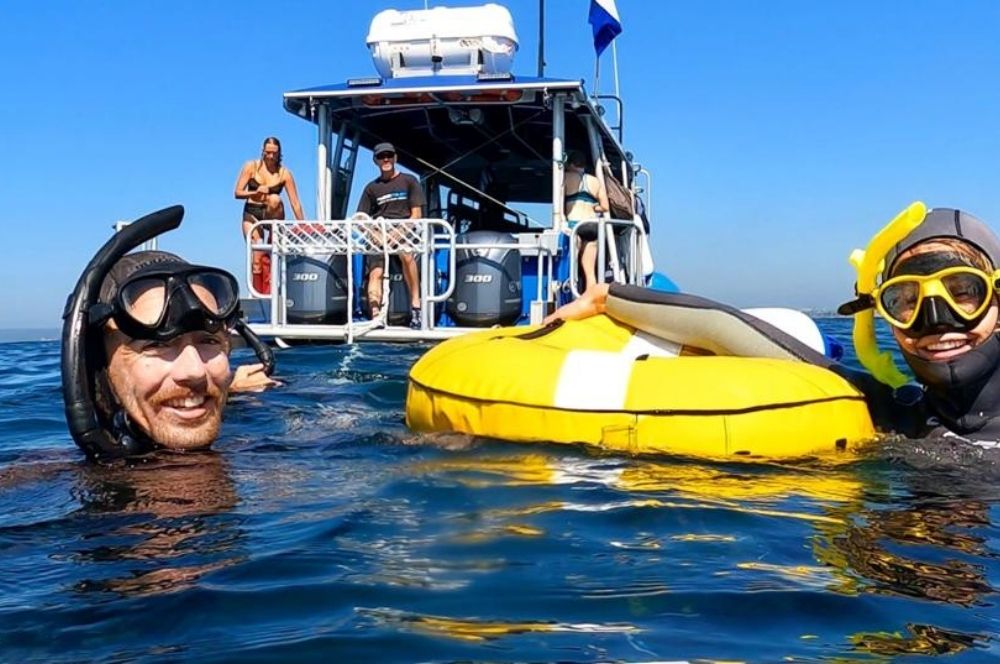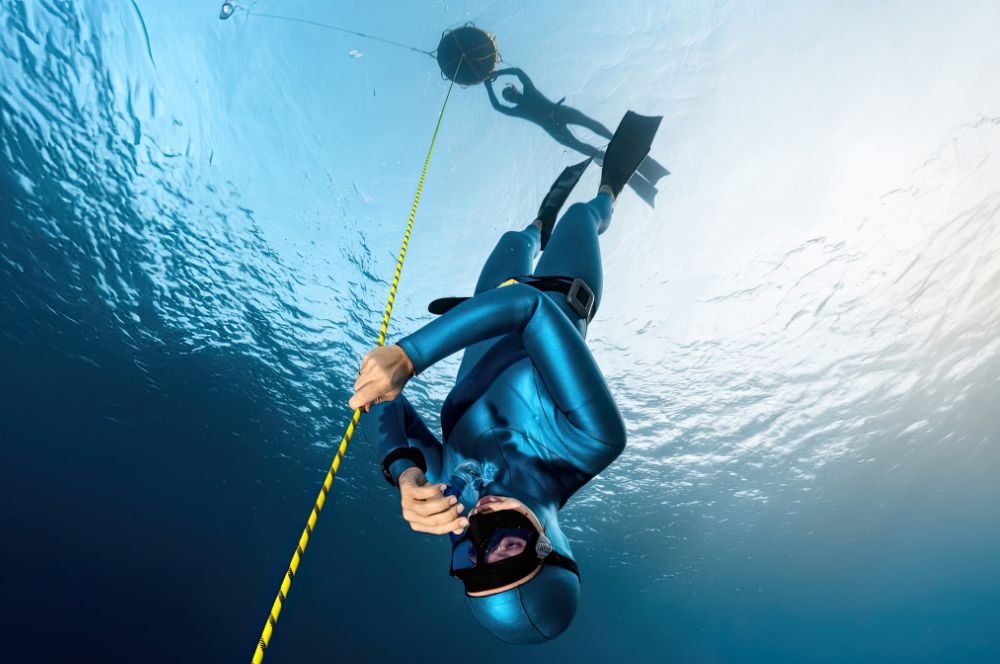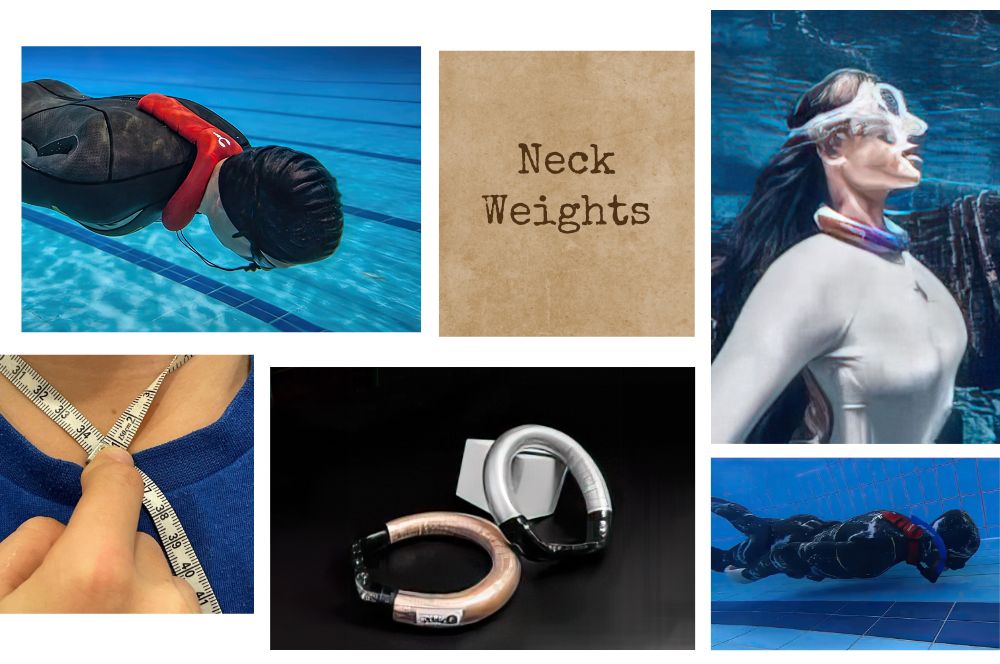You have 0 product(s) in your cart.
Abyss Scuba Diving

DCS and Freediving
While Decompression Sickness (DCS) is quite rare while freediving, it is still a possibility. There are some precautions that every diver should take to minimise their DCS risk. Firstly, to help understand how to minimise your risk, let’s quickly examine how DCS occurs.
Air is comprised is 79% nitrogen. When at the surface, this nitrogen is just exhaled and is not absorbed by the body. When you dive, however, the pressure increases, and the nitrogen starts to dissolve into the bloodstream and into tissues. The deeper you dive or the longer you stay at depth the more nitrogen dissolves into your blood and tissues. On SCUBA, you continue to take on more nitrogen with every inhale, adding more nitrogen into your system, and making DVS much more prevalent in scuba diving. While breath-hold diving, you are limited to the amount of nitrogen in one breath.
While the total volume of nitrogen in your body is limited in freediving, it still dissolves in your body as the pressure increases or the more time you spend at depth. When you ascend and the pressure starts to ease off, the nitrogen comes out of the tissues, into your bloodstream and then back to your lungs so that you can exhale it when you return to the surface. Any physiological factors that could inhibit or slow down this process might mean that the nitrogen doesn’t return to your lungs before they expand, creating bubbles and getting stuck elsewhere in your body, causing DCS. These factors include dehydration, fitness levels, body fat, exercising immediately before or after diving, age, cold, or an undiagnosed PFO. In addition to physiological factors, ascending too quickly for the nitrogen to circulate out of your tissues and back into your lungs before the pressure decreases enough for the nitrogen to expand and cause bubbles is another potential cause for DCS in freediving.
Finally, the last step is getting rid of this nitrogen through exhalations on the surface. Your body continues to off-gas this nitrogen after your initial hook breaths. Having a sufficient surface interval allows your body more time to recover and adequately off-gas excess nitrogen.
For surface intervals, a good rule of thumb to follow is:
- For up to 20m dives, your surface interval should be at least 3 times your dive time.
- For 20-30m dives, your dive time should be at least 3-4 times yours.
- Deeper than 30m, then divide the depth by 5 (e.g. a dive to 40m divided by 5 would require a minimum of an 8min surface interval).
For deeper dives, limit the number of dives you do in a day and even take days off over consecutive days of deep diving. Remember these are minimum requirements; consider giving yourself longer recoveries. Don’t forget this includes any safety diving as well.
This residual nitrogen that can remain in your system is also why it’s important not to mix scuba and freediving. Give yourself plenty of time between scuba diving and freediving. The current recommendations are to wait at least 12-18 hours, depending on your dive profiles, between scuba diving and freediving.
There is still a lot of unknowns about DCS and nitrogen loading, even in the scuba world, more so in freediving. But to minimise your risk, remember to:
- Stay well hydrated
- Maintain fitness
- Avoid exercise immediately before/after diving
- Wear appropriate exposure protection for diving in colder water
- Ensure you have ample surface recovery
- Allow your body to adapt and progress slowly, don’t overly push yourself
Following safety procedures will enable you to enjoy this sport you love for much longer!
Frequently Asked Questions
RELATED POSTS
-
Learn to Freedive: Your Guide to the…

Learn to Freedive:…
Learn to Freedive: Your Guide to the Freediver Course for Fun Dive into a world of tranquillity, serenity, […] -
Sydney's Thriving Freediving Community:…

Sydney's Thriving Freediving…
Sydney's Freediving Community: An Introduction Welcome to the exhilarating world of freediving in Sydney! […] -
Unlock the Benefits of Neck Weight…

Unlock the Benefits…
Unlock the Benefits of Neck Weight Freediving Freediving is an extraordinary sport that tests your physical […] -
What Is the Ideal Weight for Freediving?

What Is the Ideal Weight…
What Is the Ideal Weight for Freediving? Freediving is a thrilling yet challenging sport, pushing the limits […]
Recent Posts






